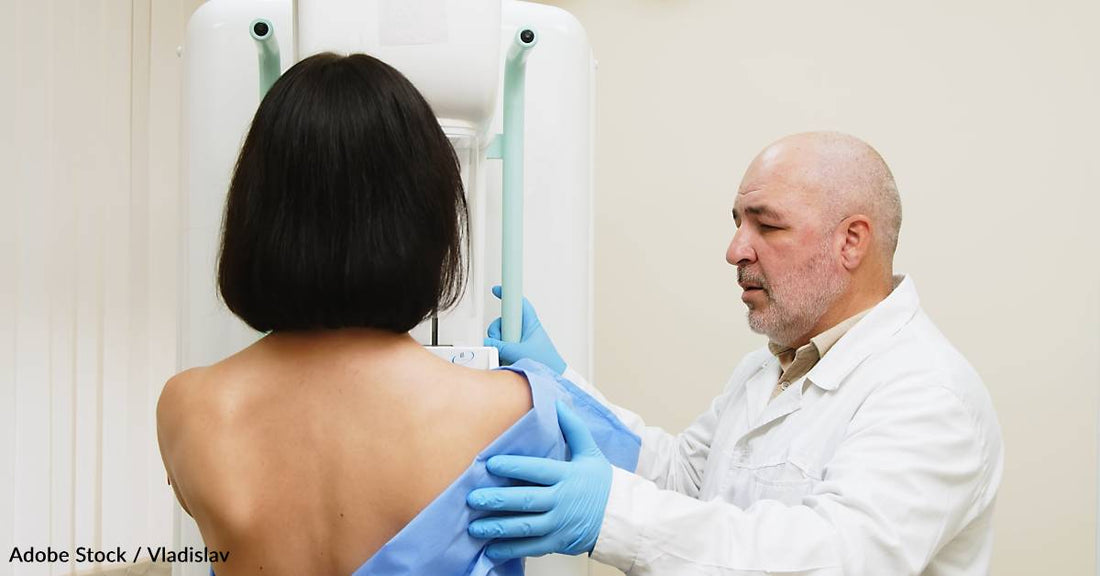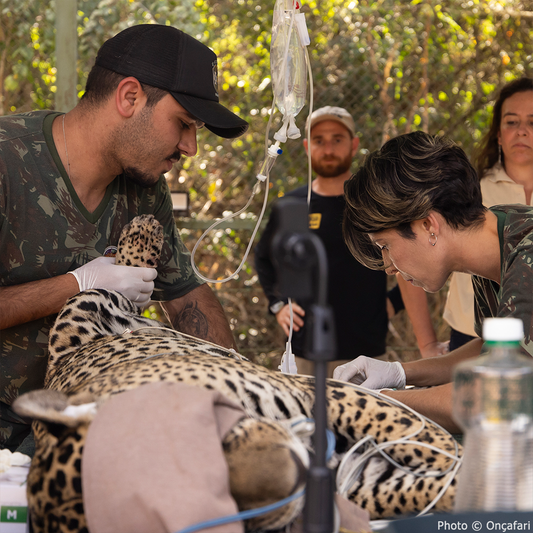How Mammograms Could Be Used to Encourage Other Common Cancer Screenings
Michelle Milliken
Adobe Stock / Vladislav
Breast, cervical, and colorectal cancer screenings can detect cancer early when it’s more treatable, leading to better survival chances. However, screening rates still lag below ideal participation. Researchers in Denmark recently investigated one way to address this problem, and it had reasonable success.
A study recently published in the journal PLOS Medicine studied the effectiveness of offering self-sample colorectal and cervical cancer screening kits at mammogram appointments. The researchers note that, in Denmark, screening rates for these two diseases are lower than those for breast cancer, and they wanted to see how those participation rates can be increased. The reasons people may miss screenings include being unaware they need it, being scared of the results, or financial and logistical barriers. However, there is one reason that’s a little easier to address.

The study authors write, “Reasons for nonparticipation have been studied extensively, and conclusions vary according to programme structures. Among numerous barriers, one reason mentioned across screening programmes is temporary impediments or forgetfulness. This indicates that some nonparticipants do not make a deliberate choice not to participate but unwittingly delay and forget to take part in screening.”
That’s why, as part of their study, they had breast cancer screening providers check on a mammogram patient’s cervical and colorectal cancer screening status and then recommend self-sample kits to those who were overdue. In all, there were more than 27,000 participants, about 20% of whom were in this intervention group. The rest served as controls and were offered typical screening.
The researchers found that, six months later, 88.3% of those in the intervention group had up to date cervical cancer screenings, compared with 83.5% of the control. When it came to colorectal cancer screening, the numbers were 79.8% to 76%, respectively. For those who had been overdue for cervical cancer screening, 32% in the intervention group were up to date, compared with 6.1% of the control. Finally, 23.8% of those overdue for colorectal cancer screenings in the intervention group were up to date, compared with 8.9% of the control group.

The findings indicate that offering self-sample kits during mammograms may be a feasible way to increase other screening rates.
The authors write, “This study suggests that combining preventive services may offer a pragmatic strategy to enhancing the effectiveness of public health interventions in various settings.
“The intervention strategy can be easily expanded and could increase screening participation if implemented on a larger scale.
“The main limitation of the study is that the intervention focuses solely on women attending [breast cancer] screening, and a different approach is required for women not participating in this screening.”

This last point is particularly applicable in the United States, where data shows participation rates for all three types of screening are around 75%, meaning about 1 in 4 aren’t going in for mammograms.
You can read the whole study here.
Michelle has a journalism degree and has spent more than seven years working in broadcast news. She's also been known to write some silly stuff for humor websites. When she's not writing, she's probably getting lost in nature, with a fully-stocked backpack, of course.




















